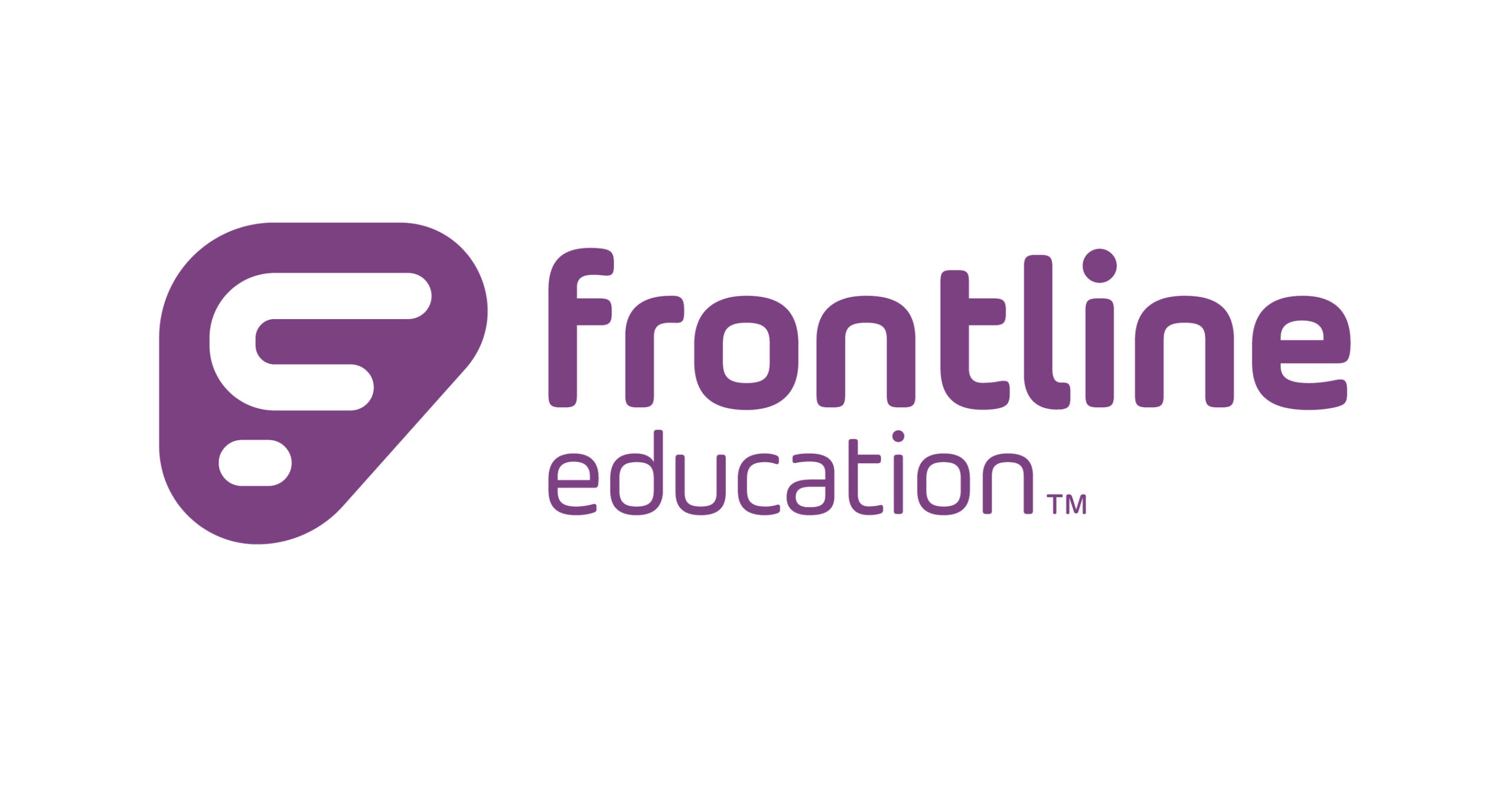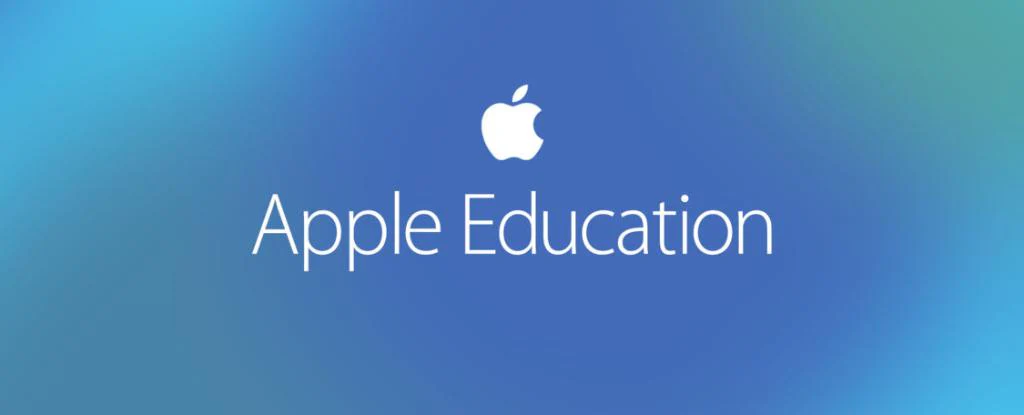Minecraft Education

A Revolutionary Tool for Learning
Minecraft Education, a specialized version of the immensely popular Minecraft game, is transforming the way students learn and teachers instruct. This educational platform takes the game’s open-world, block-building format and tailors it to fit classroom settings, making lessons engaging, interactive, and highly adaptable. Whether teaching history, science, or coding, Minecraft Education offers endless opportunities for creativity, collaboration, and critical thinking. This article explores what Minecraft Education is, its key features, benefits for both students and educators, and why it’s becoming a powerful tool in modern education.
What is Minecraft Education?
Minecraft Education is an extension of the original Minecraft game but with additional features and tools designed for educational environments. Initially released in 2016 by Mojang Studios in collaboration with Microsoft, this version provides a controlled space for students to explore, build, and learn while adhering to academic guidelines.
The game retains its iconic block-building structure, where players create and interact in a virtual world. However, in the educational version, teachers can design lessons, assignments, and challenges that meet curriculum standards in subjects like math, science, literature, and even art. It allows for individual and group work, making learning both a personal and collaborative experience.
Key Features of Minecraft Education
- Classroom Mode
One of Minecraft Education’s standout features is Classroom Mode. This provides teachers with a special interface that lets them control the game environment. Educators can monitor student activity, assign tasks, manage settings (such as allowing or disabling building and player movement), and communicate directly with students within the game. This control ensures that lessons stay on track and students remain focused on the learning objectives. - Code Builder
Minecraft Education integrates coding into its platform through a feature called Code Builder. Students can learn basic programming concepts and apply them in the game world using block-based code editors like Microsoft MakeCode or text-based editors like Python. This hands-on approach to coding enables students to learn problem-solving, logic, and computational thinking in a fun and engaging way. - Lesson Plans and Learning Objectives
The game includes built-in lesson plans that educators can use to create targeted learning experiences. These lessons span various subjects, including math, science, history, and language arts. For example, students can reconstruct historical landmarks, simulate chemical reactions in a virtual lab, or even write narratives that guide their gameplay. Lessons are aligned with educational standards, ensuring that gameplay directly contributes to learning goals. - Multiplayer Mode
Multiplayer mode in Minecraft Education allows students to collaborate on projects in the same virtual world. Whether it’s building a sustainable city, solving environmental problems, or conducting group research, this feature fosters teamwork and social interaction. Collaborative gameplay helps develop skills like communication, leadership, and cooperation—valuable traits for future workplace environments. - Assessment Tools
Teachers can assess student progress within Minecraft Education through built-in assessment tools. Educators can track individual achievements, review completed projects, and monitor how students interact with the material. This real-time feedback helps teachers adjust lessons on the fly and provide personalized support to students who need it. - Immersive Worlds and Simulations
Minecraft Education offers immersive, pre-built worlds that replicate real-life environments, allowing students to explore and learn within various settings. For example, students can study ecosystems by exploring a virtual rainforest, or they can simulate ancient civilizations, understanding the societal structure, architecture, and culture of historical communities. These worlds provide a dynamic way to teach concepts that might be difficult to grasp in a traditional classroom setting.
Benefits of Minecraft Education for Students
- Promotes Creativity
One of Minecraft’s most notable features is its capacity to foster creativity. With nearly limitless building possibilities, students can create structures, worlds, and projects that are only limited by their imaginations. This helps students express themselves creatively while working on educational tasks. The ability to design, build, and modify their own projects gives students a sense of ownership over their learning. - Enhances Problem-Solving Skills
The open-ended nature of Minecraft Education encourages students to think critically and solve problems. Whether it’s figuring out how to code a character’s movement, designing a sustainable building, or solving mathematical puzzles, students are constantly faced with challenges that push them to apply problem-solving strategies. This hands-on approach makes abstract concepts more tangible and easier to understand. - Supports STEM Learning
Minecraft Education has been praised for its effectiveness in promoting STEM (Science, Technology, Engineering, and Math) learning. The game’s coding features introduce students to programming concepts, while its building mechanics teach geometry and spatial reasoning. Science lessons can be integrated into Minecraft by simulating environmental ecosystems or conducting virtual chemistry experiments. By making STEM subjects more engaging, Minecraft Education encourages more students to develop interest and proficiency in these fields. - Encourages Collaboration
Multiplayer gameplay fosters collaboration and teamwork. Students can work together to complete tasks, problem-solve, or build large-scale projects. This interaction helps students develop social and communication skills, as they must negotiate, delegate, and collaborate to achieve a common goal. Additionally, the multiplayer mode allows for differentiated instruction, as students with different skill levels can contribute to a shared project in meaningful ways. - Adaptable Learning for All Ages
One of the unique aspects of Minecraft Education is its adaptability for different age groups and learning styles. Younger students might use the game for simple tasks like counting or building shapes, while older students can tackle more complex subjects like physics, architecture, or environmental science. The game can be as simple or complex as needed, making it a flexible tool for teachers at all levels.
Benefits for Educators
- Engagement and Motivation
One of the biggest challenges for educators is keeping students engaged and motivated. Minecraft Education taps into students’ natural interest in gaming, making learning fun and immersive. By using a platform that students already enjoy, teachers can increase participation and enthusiasm for subjects that might otherwise seem less appealing. - Customizable Learning Experiences
Teachers can customize Minecraft Education lessons to fit their curriculum and meet specific learning goals. Whether it’s a historical reconstruction project for a social studies class or a virtual lab for a science course, educators have the flexibility to design learning experiences that cater to their students’ needs. - Facilitates Differentiated Instruction
Minecraft Education allows teachers to differentiate instruction based on the diverse needs of their students. Teachers can create tasks that challenge advanced learners while offering support for those who may need extra guidance. This makes it easier to teach a wide range of abilities in the same classroom, ensuring that every student has a personalized learning experience. - Professional Development Resources
Minecraft Education offers resources and training for educators to help them get the most out of the platform. Teachers can access online courses, webinars, and lesson plan templates that provide ideas and guidance on integrating Minecraft into the classroom. This support ensures that even teachers who are new to the game can effectively implement it as an educational tool.
Challenges and Considerations
- Learning Curve for Teachers
While students might be familiar with Minecraft, some teachers may face a learning curve when using Minecraft Education for the first time. The platform offers extensive features, which can be overwhelming for educators not used to using game-based learning tools. However, with the professional development resources available, most teachers can quickly become comfortable with the system. - Technology Access
Like all digital learning tools, Minecraft Education requires access to computers or tablets, as well as reliable internet. Not all schools have the technological infrastructure or budget to support this, making it less accessible for certain students or districts. However, schools that can integrate the platform may see a significant improvement in student engagement and learning outcomes. - Potential for Distraction
While Minecraft Education is designed for learning, its game-based format can sometimes lead to distractions. Students may become more interested in gameplay than the lesson objectives. This makes it essential for teachers to set clear expectations and actively monitor student progress.
Conclusion
Minecraft Education is a groundbreaking tool that enhances learning by tapping into students’ natural curiosity and love for gaming. Its adaptability across subjects and grade levels makes it a versatile platform for promoting creativity, critical thinking, and collaboration. While it comes with challenges, such as a learning curve for teachers and the need for sufficient technology, the benefits it offers far outweigh these hurdles. As more schools embrace game-based learning, Minecraft Education is poised to become an integral part of the modern classroom, helping students learn in a way that’s both fun and impactful.


